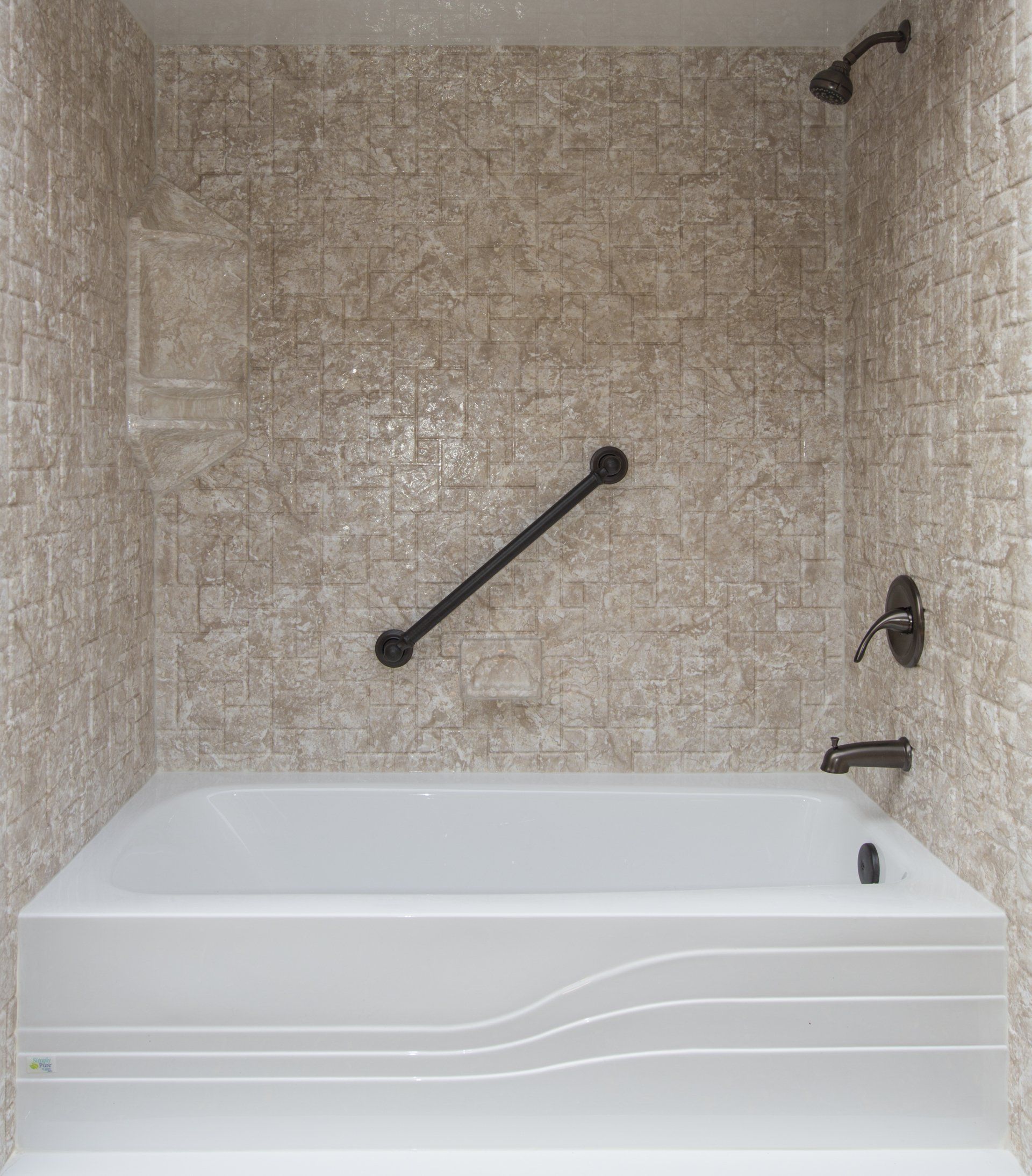How to Choose Between a Walk-In Tub and a Traditional Bathtub in Southern Maine
Deciding whether to upgrade to a walk-in tub or stick with a traditional bathtub can feel overwhelming, especially when you're aiming to enhance both the safety and style of your bathroom. At Cloud 9 Tubs, we understand that every homeowner in Southern Maine has unique needs and preferences. Let’s dive into some key factors to help you make the best choice for your home.
Understanding the Basics
First things first, let's break down what each option offers. Traditional bathtubs are the classic choice many of us grew up with. They come in various shapes and sizes and are perfect for those who enjoy long, relaxing soaks. However, they might not be the safest option, especially for seniors or individuals with mobility issues.
On the flip side, walk-in tubs are designed with accessibility in mind. Featuring a door that allows you to step in easily without having to climb over the side, these tubs significantly reduce the risk of falls. Plus, many walk-in tubs come with added features like built-in seating, grab bars, and non-slip surfaces, making your bathing experience both safer and more comfortable.
Safety First
When it comes to safety, walk-in tubs are a game-changer. If you or a loved one has mobility challenges, a walk-in tub can provide the independence to bathe without assistance. The secure door not only prevents accidental slips but also ensures that the tub remains watertight, keeping you safe from unexpected leaks.
Traditional bathtubs, while functional, don’t offer these safety features. If safety is a top priority for you, especially if you’re concerned about falls or need additional support, a walk-in tub is likely the better choice.
Style and Aesthetics
Who says safety can’t be stylish? Walk-in tubs come in a variety of designs that can complement any bathroom decor. Whether you prefer a modern look with sleek lines or a more classic style, there’s a walk-in tub to match your taste. Additionally, many walk-in tubs offer customizable options like LED lighting, chromotherapy, and advanced control panels to enhance your bathing experience.
Traditional bathtubs, while versatile, might not offer the same level of customization. If you’re looking to make a stylish statement in your bathroom while also improving functionality, a walk-in tub could be the perfect fit.
Installation and Maintenance
Worried about the installation process? Don’t be! At Cloud 9 Tubs, we pride ourselves on our low-impact installations. In most cases, our team can remove your old tub and install a new one in just one day, minimizing any disruption to your daily routine. Plus, our products are built to last a lifetime, so maintenance is minimal compared to traditional tubs that might crack, peel, or fade over time.
Traditional bathtubs might require more frequent upkeep to keep them looking and functioning their best. If you prefer a hassle-free solution that stands the test of time, a walk-in tub is a smart investment.
Cost Considerations
While walk-in tubs might have a higher upfront cost compared to traditional bathtubs, consider the long-term benefits. The added safety features, durability, and potential for increased home value can make walk-in tubs a worthwhile investment. Additionally, with our lifetime warranty, you can rest assured that you’re getting a high-quality product that won’t break the bank with frequent repairs or replacements.
Traditional bathtubs are generally more affordable initially, but the costs can add up over time with maintenance and potential safety modifications.
Enhancing Your Bathroom’s Accessibility
If you’re planning to age in place or have family members who require more accessible bathing options, a walk-in tub is an excellent choice. It allows you to maintain independence and comfort in your own home without compromising on safety. Plus, the added accessibility features can make your bathroom more functional for everyone in the household.
Traditional bathtubs may require additional modifications or support to achieve a similar level of accessibility, which can be both time-consuming and costly.
Making the Decision
Ultimately, the choice between a walk-in tub and a traditional bathtub comes down to your specific needs and preferences. If safety, accessibility, and long-term value are important to you, a walk-in tub is a fantastic option to consider. On the other hand, if you’re looking for a more budget-friendly solution and don’t have significant mobility concerns, a traditional bathtub might still serve you well.
At Cloud 9 Tubs, we’re here to help you navigate this decision with personalized solutions tailored to your home and lifestyle. Ready to upgrade your bathroom with a walk-in tub or explore other bathing solutions? Contact us today to schedule a consultation and take the first step toward a safer, more beautiful bathroom.
Blog






